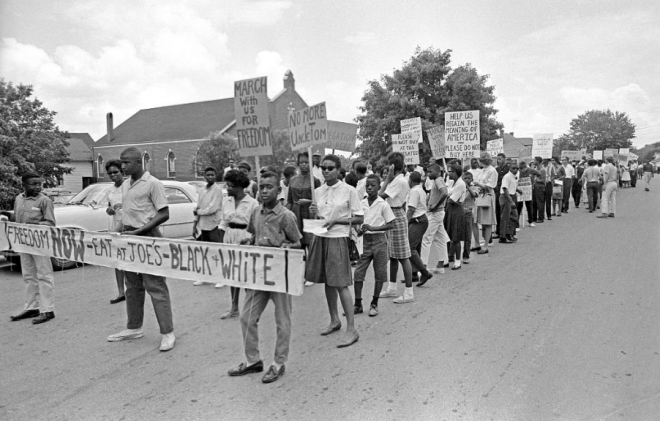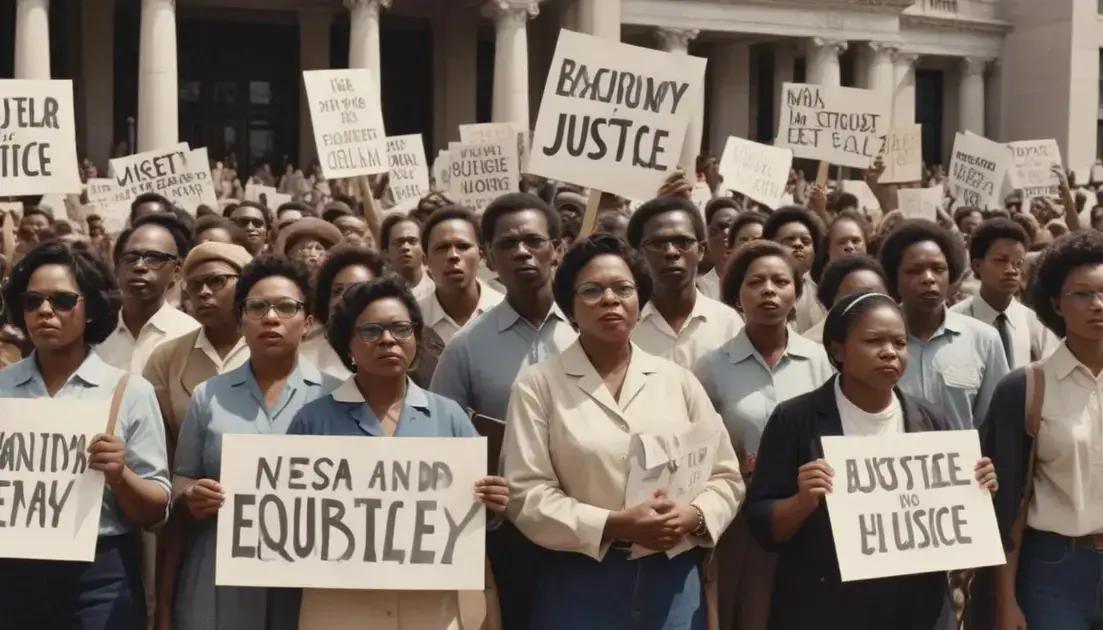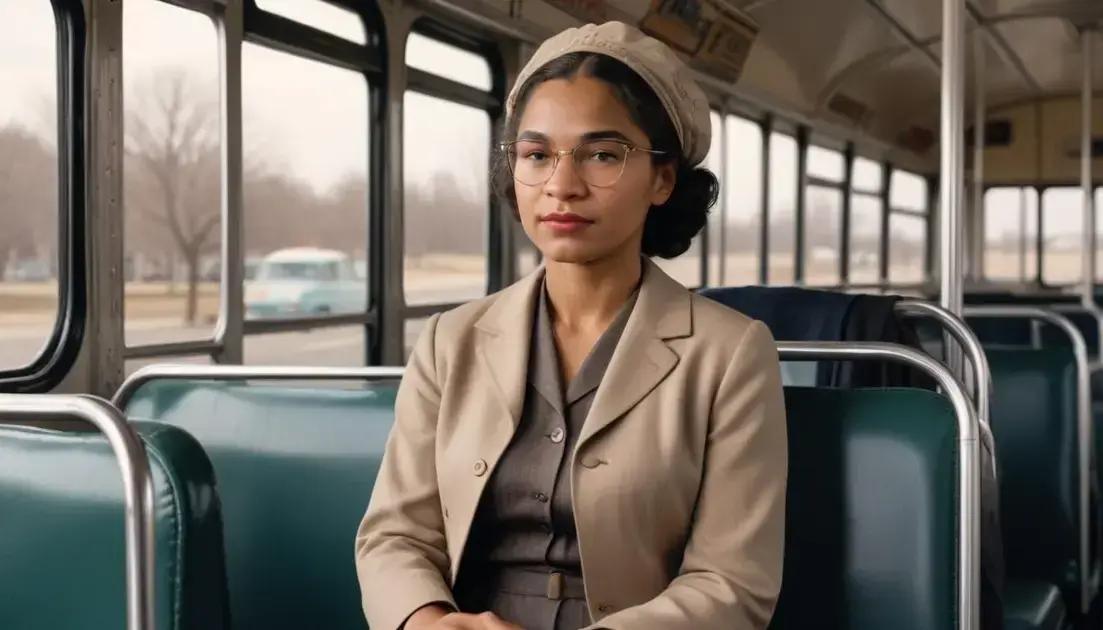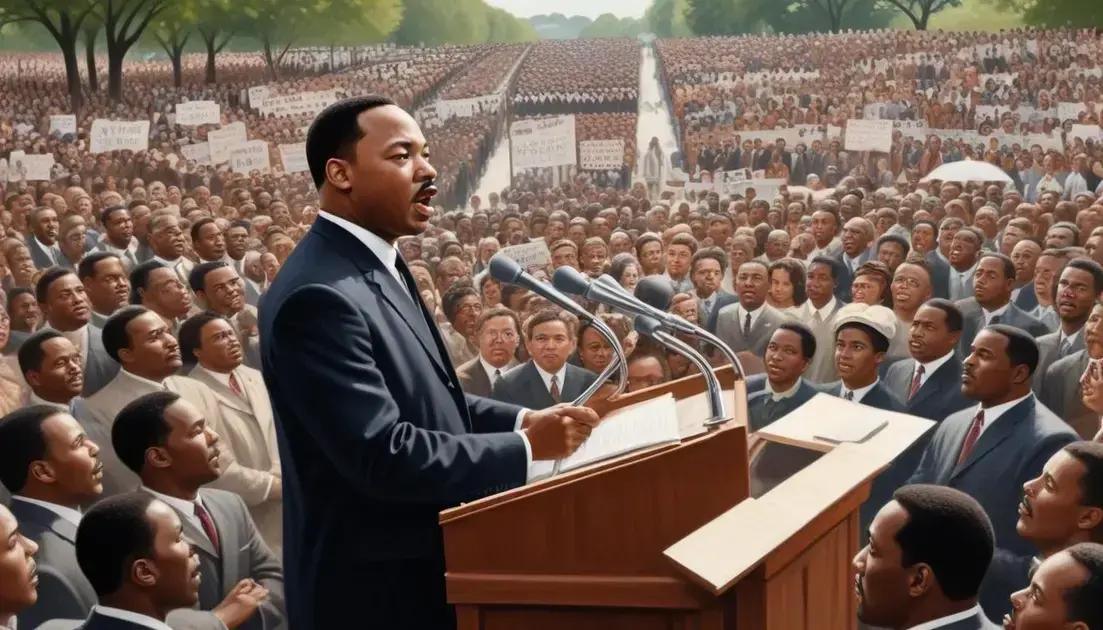
The Struggle for Rights: Key Civil Movements in Modern History
The Struggle for Rights: Key Civil Movements in Modern History
Throughout the course of modern history, the fight for human rights & civil movements has shaped the world we live in today. From the abolition of slavery to the ongoing battles for equality and justice, these movements have challenged oppressive systems, transformed societies, and redefined what it means to be human. As a timeless reporter documenting these crucial moments in history, we witness how ordinary people became extraordinary agents of change, risking everything to secure fundamental rights that many now take for granted.
The struggle for rights represents more than just political movements—it embodies humanity’s relentless pursuit of dignity, equality, and freedom. These civil movements have transcended geographical boundaries, cultural differences, and temporal limitations, creating a tapestry of resistance that continues to inspire new generations of activists. From the suffragettes demanding voting rights to the modern-day climate activists fighting for environmental justice, each movement builds upon the foundations laid by those who came before.
Understanding these pivotal moments in history is essential for comprehending our current global landscape. The victories and setbacks of human rights & civil movements have established legal frameworks, social norms, and cultural expectations that define modern democratic societies. As we examine these transformative periods, we gain insight into the mechanisms of social change and the enduring power of collective action in the face of seemingly insurmountable obstacles.
The Rise of the Civil Rights Movement: Fighting for Racial Equality
The American Civil Rights Movement of the 1950s and 1960s stands as one of the most significant human rights & civil movements in modern history. This transformative period challenged the deeply entrenched system of racial segregation and discrimination that had persisted for nearly a century following the Civil War. Led by iconic figures such as Martin Luther King Jr., Rosa Parks, and Malcolm X, this movement employed various strategies including peaceful protests, legal challenges, and grassroots organizing to dismantle institutional racism.
The movement’s origins can be traced to earlier resistance efforts, but it gained unprecedented momentum with the Montgomery Bus Boycott of 1955-1956. When Rosa Parks refused to give up her seat to a white passenger, her act of defiance sparked a 381-day boycott that demonstrated the economic power of organized resistance. This successful campaign not only integrated public transportation in Montgomery but also established a blueprint for nonviolent resistance that would define the broader movement. The boycott’s success proved that sustained, organized action could force systemic change and inspired similar efforts across the South.
The March on Washington for Jobs and Freedom in 1963 represented the culmination of years of organizing and activism. More than 250,000 people gathered at the Lincoln Memorial to demand economic and political equality, creating one of the largest peaceful demonstrations in American history. Martin Luther King Jr.’s “I Have a Dream” speech became a defining moment that articulated the movement’s vision of a society where people would be judged by their character rather than their skin color. This historic gathering demonstrated the power of unity and peaceful protest in advancing civil rights.
Legal victories played a crucial role in dismantling segregation and advancing equality. The Brown v. Board of Education decision in 1954 overturned the “separate but equal” doctrine, declaring segregated schools unconstitutional. Subsequent legislation, including the Civil Rights Act of 1964 and the Voting Rights Act of 1965, provided legal frameworks for equality and prohibited discrimination in public accommodations, employment, and voting. These landmark achievements resulted from decades of strategic litigation, grassroots pressure, and political advocacy that transformed the legal landscape of American society.
Women’s Suffrage: The Long Road to Political Participation
The women’s suffrage movement represents one of the most enduring and impactful civil movements in modern history, spanning over seven decades of organized activism to secure voting rights for women. This movement challenged fundamental assumptions about gender roles, political participation, and democratic representation, ultimately transforming societies across the globe. The struggle for women’s suffrage was not merely about the right to vote—it was about establishing women’s full citizenship and their capacity to participate equally in democratic governance.
The movement’s early phase was characterized by the work of pioneering activists like Elizabeth Cady Stanton and Susan B. Anthony in the United States, who organized the first women’s rights conventions and established the philosophical foundations for women’s political equality. The Seneca Falls Convention of 1848 marked a turning point, as it was the first public meeting in the United States dedicated to women’s rights. The convention’s Declaration of Sentiments boldly declared that “all men and women are created equal” and demanded equal rights in education, employment, and political participation. This document served as a manifesto for the women’s rights movement and inspired similar efforts worldwide.
The suffrage movement employed diverse tactics ranging from peaceful petitioning to militant activism. In Britain, the Women’s Social and Political Union, led by Emmeline Pankhurst and her daughters, adopted increasingly radical tactics including hunger strikes, property destruction, and public demonstrations. These suffragettes, as they were known, faced imprisonment, forced feeding, and public ridicule, but their dramatic actions brought unprecedented attention to the cause. Their motto “Deeds, not words” reflected their commitment to direct action and civil disobedience as tools for political change.
The impact of World War I proved pivotal in advancing women’s suffrage in many countries. Women’s contributions to the war effort—working in factories, serving as nurses, and maintaining the home front—challenged traditional arguments about women’s capabilities and their role in society. In 1918, British women over 30 gained the right to vote, followed by full suffrage in 1928. The 19th Amendment to the U.S. Constitution, ratified in 1920, prohibited voting discrimination based on sex. New Zealand had already led the way in 1893 as the first country to grant women full voting rights, demonstrating that women’s political participation was both possible and beneficial for democratic societies.
Labor Rights Movement: Workers Unite for Fair Treatment
The labor rights movement emerged as a powerful force for social and economic justice during the Industrial Revolution, as workers organized to combat exploitation, dangerous working conditions, and economic inequality. This movement fundamentally transformed the relationship between workers and employers, establishing collective bargaining rights, workplace safety standards, and fair wage practices that continue to shape modern employment relationships. The struggle for human rights & civil movements in the workplace has been marked by both triumphant victories and tragic setbacks that highlight the ongoing tension between capital and labor.
The early industrial period was characterized by horrific working conditions that included 12-16 hour workdays, child labor, unsafe machinery, and poverty wages. Workers began organizing unions as a means of collective resistance against these exploitative practices. The Great Railroad Strike of 1877 in the United States demonstrated the power of organized labor when thousands of workers across multiple states participated in work stoppages to protest wage cuts. Although the strike was ultimately suppressed through federal intervention, it established a precedent for large-scale labor organizing and highlighted the need for workers’ rights protections.
The Triangle Shirtwaist Factory Fire of 1911 became a defining moment in labor history, as 146 garment workers, mostly young immigrant women, died due to unsafe working conditions and locked exit doors. This tragedy galvanized public support for workplace safety regulations and labor protections, leading to comprehensive factory inspection laws and fire safety standards. The incident demonstrated how dangerous working conditions disproportionately affected vulnerable populations and emphasized the need for government intervention to protect workers’ rights and safety.
The New Deal era in the 1930s marked a significant expansion of labor rights in the United States, with the passage of the National Labor Relations Act (Wagner Act) in 1935, which guaranteed workers the right to organize and bargain collectively. This legislation established the National Labor Relations Board to oversee union elections and investigate unfair labor practices, providing legal protection for workers seeking to form unions. The Fair Labor Standards Act of 1938 established minimum wage requirements, overtime pay, and restrictions on child labor, creating a foundation for fair employment practices that continues to influence labor policy today.
International labor movements have also played crucial roles in advancing workers’ rights globally. The International Labour Organization, established in 1919, has developed international labor standards and promoted decent work conditions worldwide. From the Solidarity movement in Poland that challenged communist authoritarianism to the ongoing struggles of garment workers in developing countries, labor movements continue to fight for fair wages, safe working conditions, and the right to organize. These efforts demonstrate how labor rights remain central to broader struggles for human rights & civil movements in the contemporary world.
LGBTQ+ Rights: Breaking Barriers and Building Acceptance
The LGBTQ+ rights movement has emerged as one of the most transformative civil movements in recent history, challenging centuries of discrimination, criminalization, and social stigma faced by lesbian, gay, bisexual, transgender, and queer individuals. This movement has fundamentally altered legal frameworks, social attitudes, and cultural norms surrounding sexuality and gender identity, demonstrating the power of sustained activism in achieving social change. The struggle for LGBTQ+ rights encompasses a broad spectrum of issues including marriage equality, anti-discrimination protections, healthcare access, and transgender rights.
The


